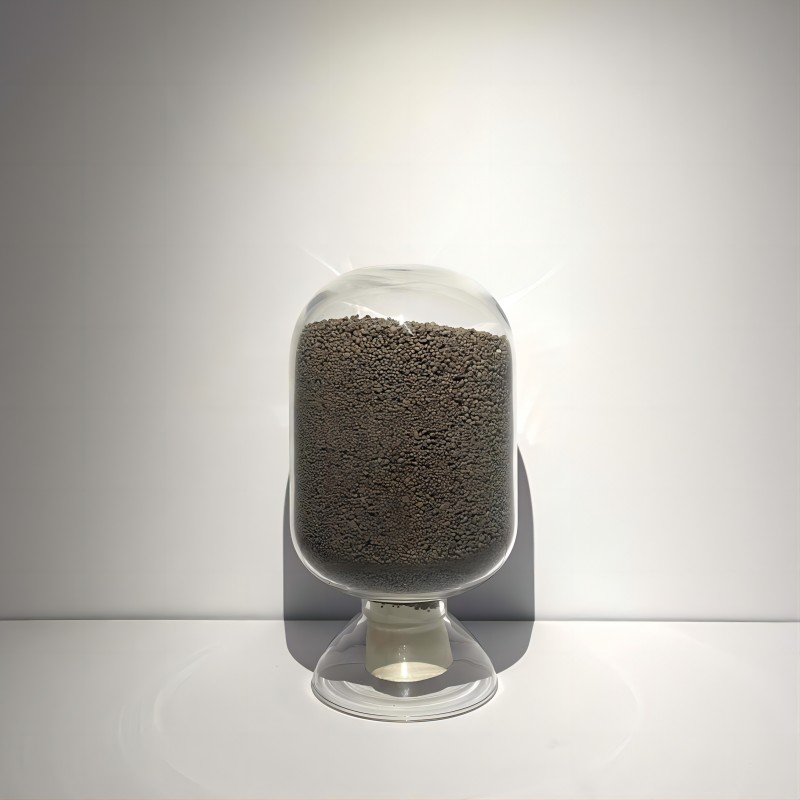The Role of Welding Flux
In the welding process, welding flux plays a core role, and its importance is reflected in the following aspects:
Barrier effect: Welding flux provides a protective barrier for the welding area, effectively blocking harmful substances such as nitrogen and oxygen in the air from entering the molten pool, reducing the cooling rate, optimizing the crystallization environment, and improving the gas escape conditions, thereby reducing the formation of pores.
Clean surface: Welding flux can remove impurities such as oxides and grease on the surface of the welded metal, keep the metal surface clean, and create more favorable conditions for welding.
Enhance wettability: Welding flux helps the metal to better wet the molten pool, enhance the fluidity and filling capacity of the molten pool, thereby speeding up the welding process and improving the welding quality.
Anti-oxidation protection: During the welding process, the metal surface is susceptible to oxidation, which affects the welding quality. Welding flux can cover the metal surface and form a protective film to effectively prevent oxidation from occurring and further deterioration.
Chemical composition adjustment: Welding flux improves the chemical composition of the weld by penetrating alloy elements into the weld, thereby enhancing the mechanical properties of the weld.
Stabilize the welding process: Welding flux can ensure the stability of the welding process and make the weld formation more regular and beautiful.
Slow down the cooling rate: Welding flux can slow down the cooling rate of molten metal, which helps to reduce welding defects such as pores and slag inclusions.
Prevent spatter: Welding flux helps prevent metal spatter during welding, improves deposition efficiency, and makes the welding process more efficient and economical.






